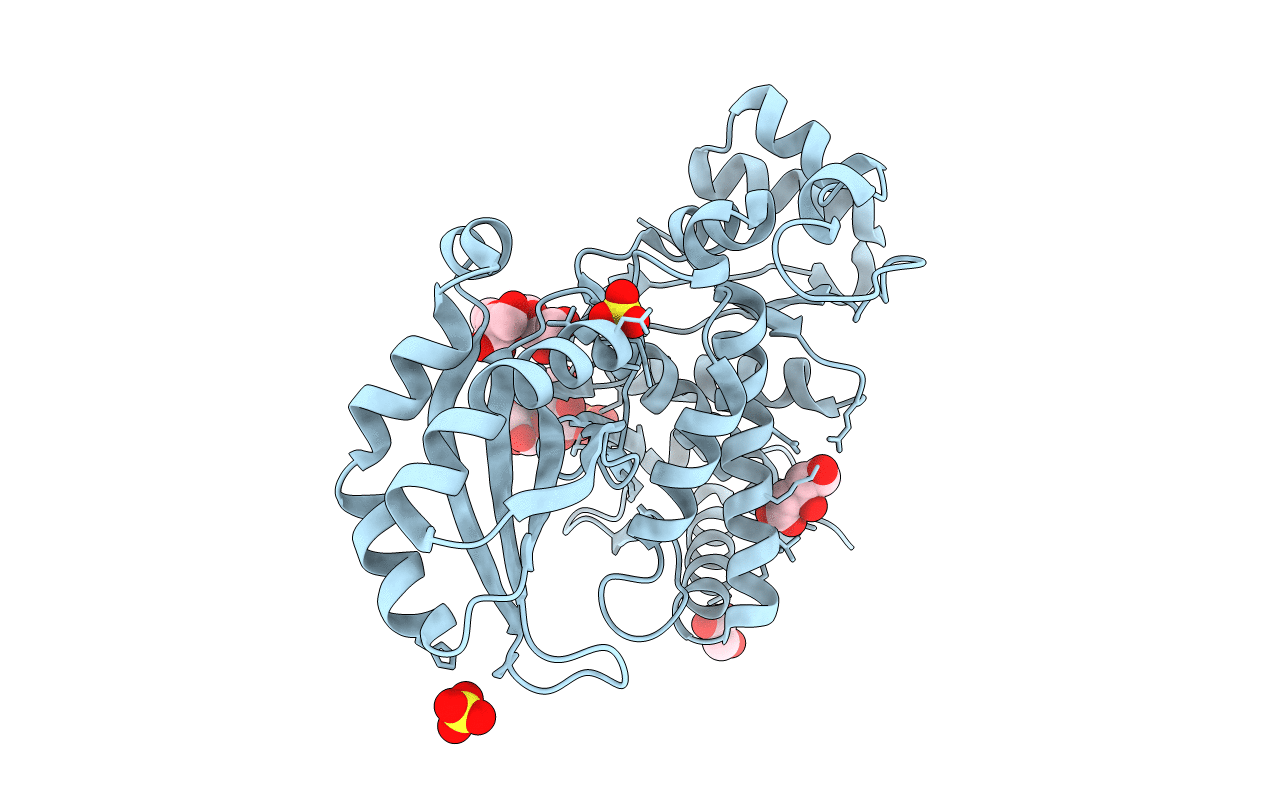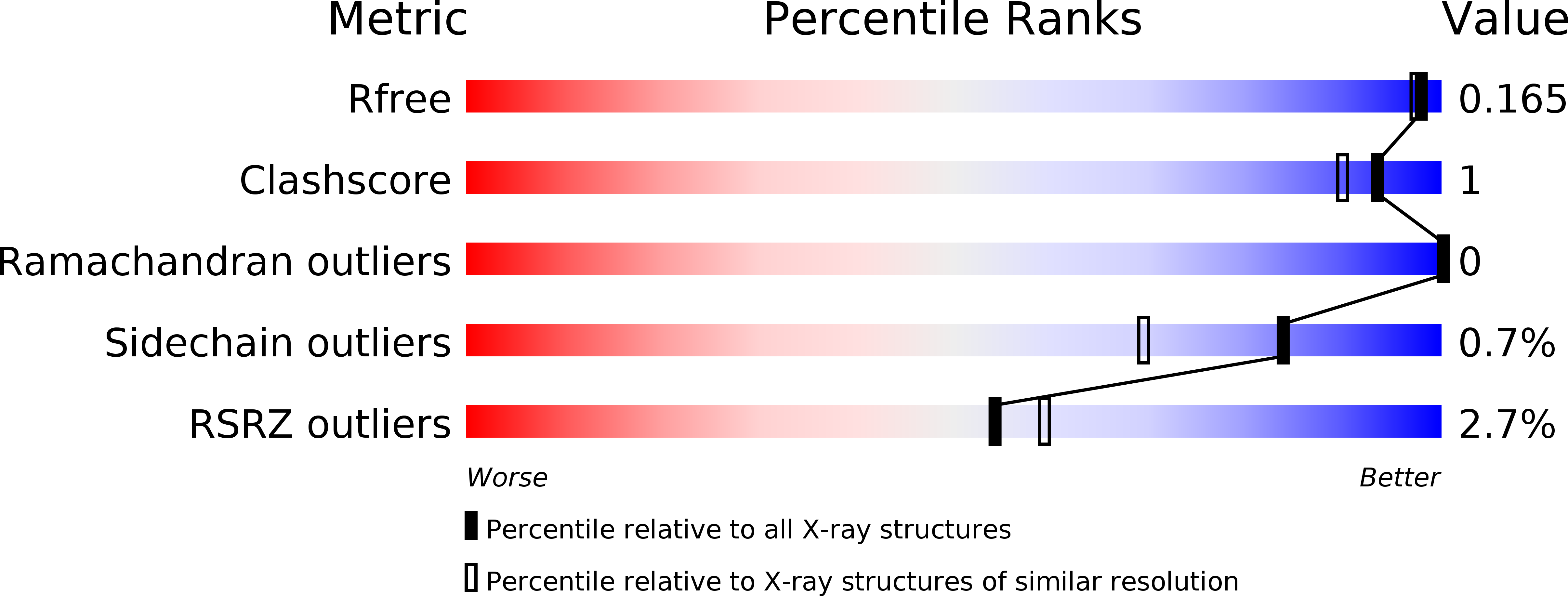
Deposition Date
2018-08-15
Release Date
2018-09-26
Last Version Date
2024-03-13
Entry Detail
PDB ID:
6EEV
Keywords:
Title:
Structure of class II HMG-CoA reductase from Delftia acidovorans with mevalonate bound
Biological Source:
Source Organism:
Delftia acidovorans (Taxon ID: 80866)
Host Organism:
Method Details:
Experimental Method:
Resolution:
1.49 Å
R-Value Free:
0.16
R-Value Work:
0.13
R-Value Observed:
0.13
Space Group:
P 3 2 1


